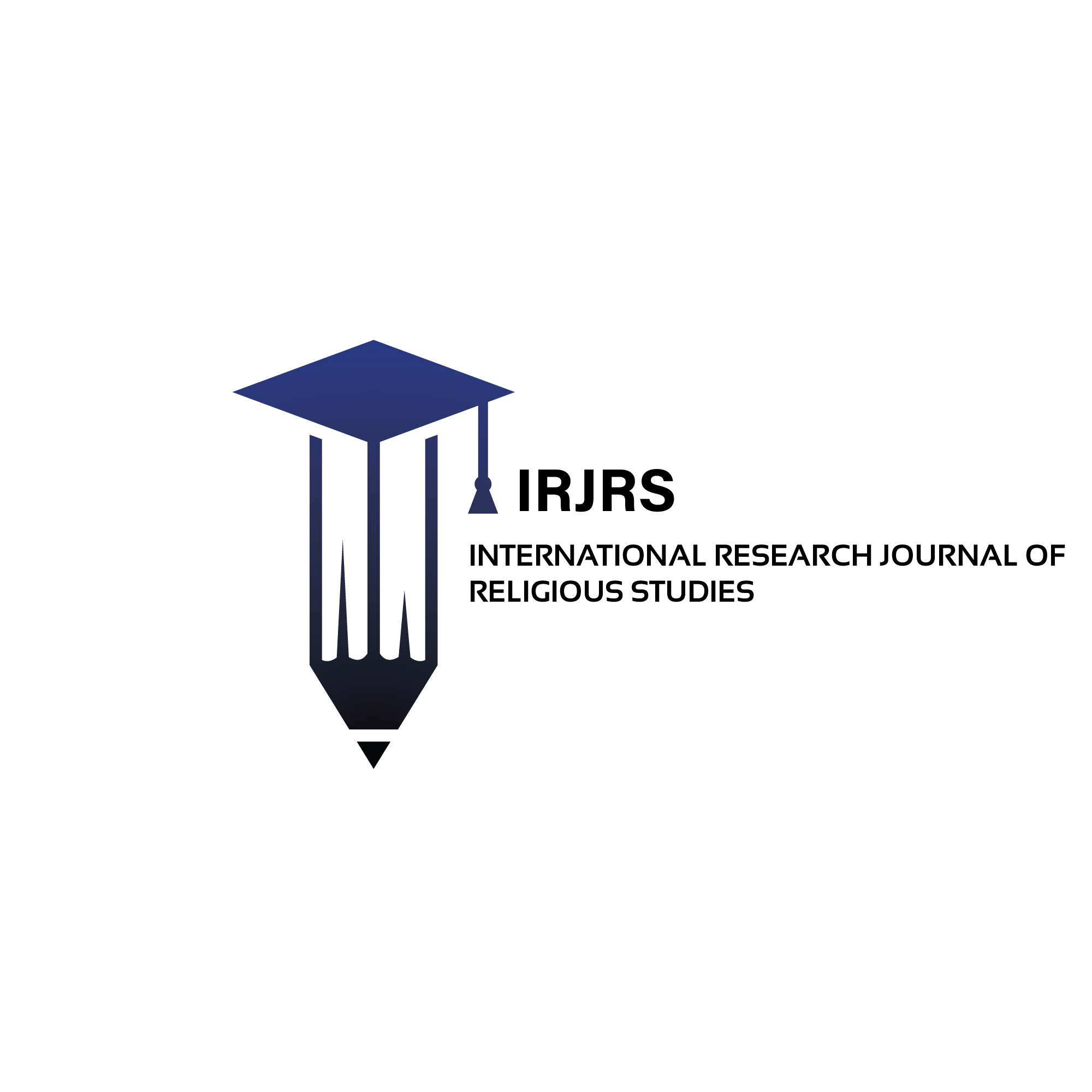محذوف حروفِ مدہ کا ضبط
ZABT OF MERGED HUROOF E MADDAH
Keywords:
Ilm uz Zabt, Ottomanic writing, error prone, merged haroof e madda.Abstract
Every knowledge of the Qur'an has its own depth and breadth. Likewise, from its textual knowledge Ilm uz Zabt is an important knowledge of Quranic knowledge. Because it is important to know the Qur'an in order to read it properly must have knowledge of the correct rules.On the whole of in the West and the East in general, there are various signs of alamat uz zabt are used in Quran for recitation. Although Ilm uz Zabt is not revealed knowledge but conscientious knowledge, it is still advisable to follow some rules of every knowledge, so it is better to follow its rules in everything related to that knowledge.In the Arabic and African countries, the use of symbols in general is generally used only for the purpose of language, the syntax, while in the Eastern countries the most common form and pronunciation is observed.So, some properties of the Ottomanic writing require specific rules.Consequently, the writing of alphabets that are not read in the original alphabet, Ottomani, is often called extra-prone (Ziada tul Hija).For example, in the original Ottomanic writing of letters that are not read (in the book format they are known as extra-passages, or in the case of non-writing of letters which are read, they are called error-prone (Naqs fil Hija). Specific passages are required for confiscation because those characters are verbatim even though they are not formally present and the verbatim of the characters is their reason, so it is necessary to indicate that these letters are consolidated so that they do not arise. These characters are literally aborted.








